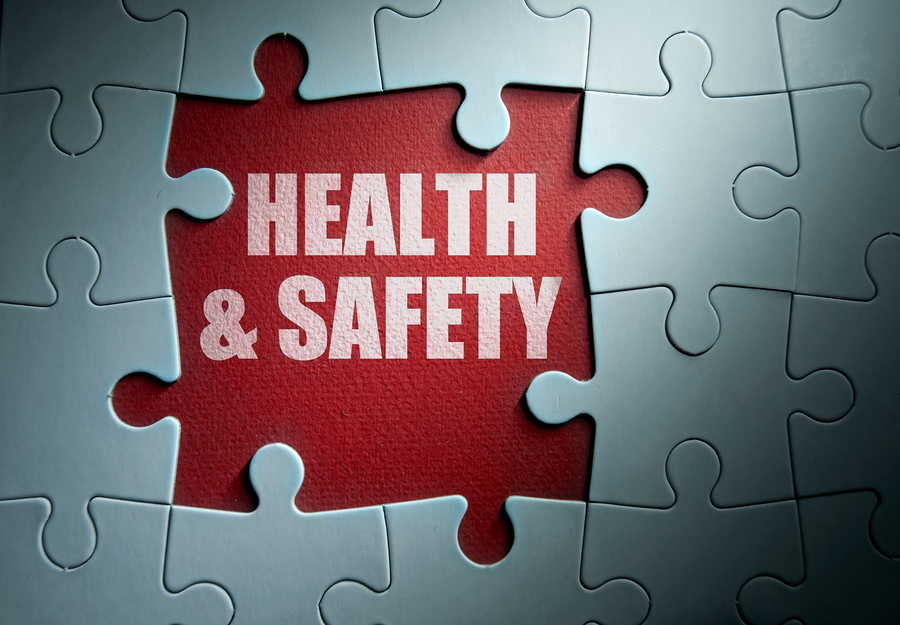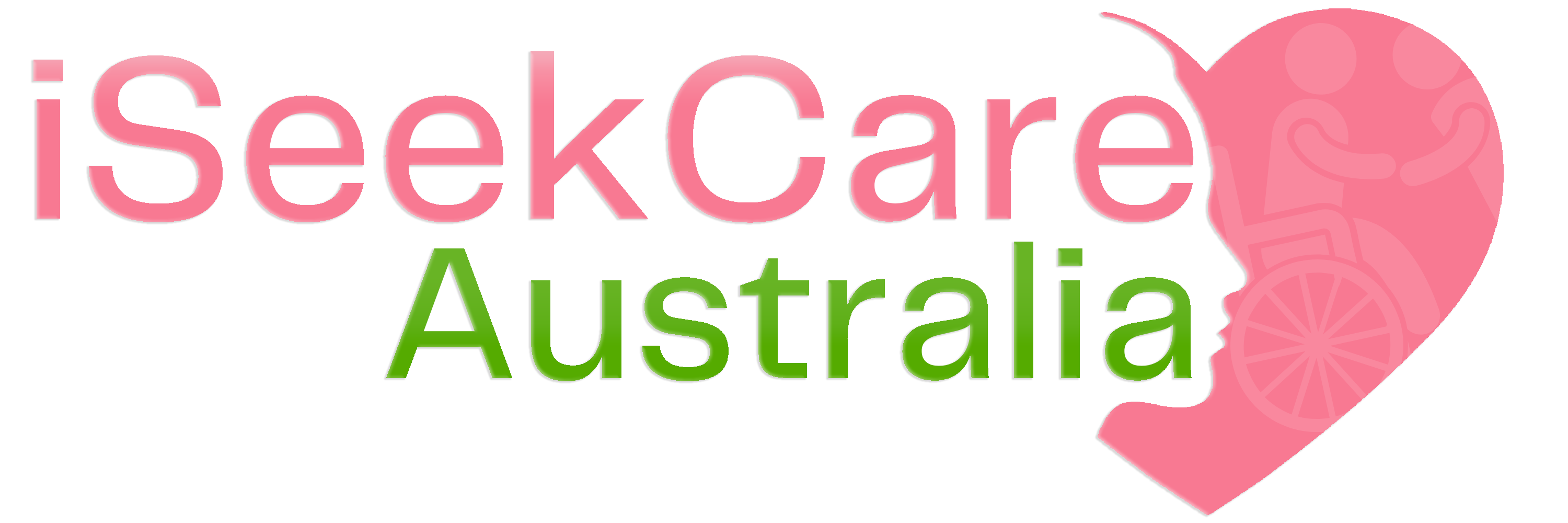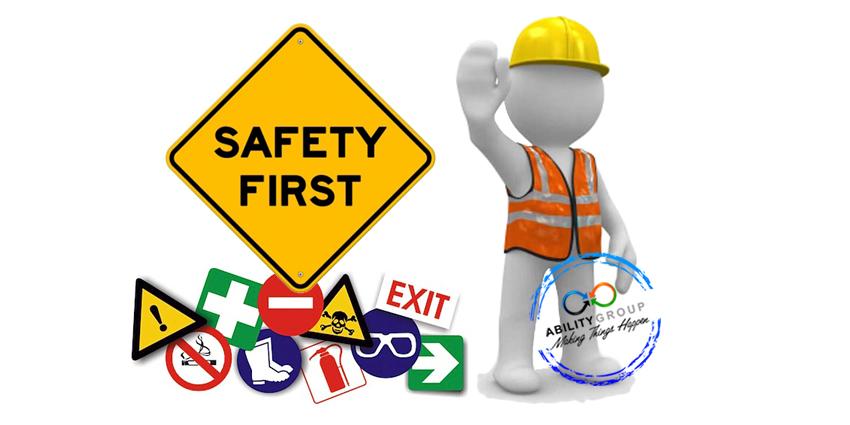Risk Assessment and Management in Disability Companies: Ensuring Safe Work Environments for Staff and Clients
As a business owner in the disability industry, it is important to take precautions in reducing risk and managing it in a way that protects both the staff and clients. The disability industry requires safety measures to be taken to ensure the well-being and comfort of the clients. This article aims to provide you with an overview of the risk assessment and management process. Furthermore, the best ways to mitigate any potential risks as well.

1. Understanding Risk Assessment
The process of assessing risk involves identifying potential hazards and gauging their likelihood of occurrence. To effectively manage risks, a business must understand the different types of risks that exist in their workplace. Similarly, it includes physical, environmental, and financial risks. By understanding the risks that may impact your company, you can put measures in place to mitigate risks and keep everyone safe.
2. Identifying and Managing Risks
To identify risks in your workplace, it’s important to conduct a thorough assessment, including conducting a safety inspection. This process involves identifying potential hazards. Such as, wet floors, faulty equipment, or unsafe chemicals, and assessing the risks associated with these hazards. Likewise, once identified, a plan can be developed to manage these risks and reduce their impact.
3. Mitigating risks
To mitigate risks in your workplace, it’s important to establish protocols and procedures for handling different types of hazards. For example, you can ensure your staff is trained to identify and report hazards. Also, place warning signs in high-risk areas, and develop an emergency response plan in case of an accident. Additionally, businesses can consider investing in safety equipment and regular inspections of the facility.
4. Ensuring Staff Training and Education
Another crucial aspect of risk management is ensuring that the staff is trained in safety procedures and policies. This can include regular training sessions, providing safety manuals, or reviewing safety protocols during onboarding. Staff members should be aware of the risks that exist in the workplace and trained on how to manage those risks.
5. Regular Review and Updates
To keep up to date on any potential risks, it’s important to conduct regular reviews of your risk management policies. You can create a risk management team to conduct an ongoing assessment of the business. Furthermore, it can be created to identify new risks, and update protocols as necessary.
Conclusion
In conclusion, an effective risk assessment and management program is crucial for any business that works in the disability industry. Furthermore, it demonstrates your commitment to providing top-notch care. By assessing and understanding the different risks that exist within your workplace, you can create a culture of safety and security that benefits everyone. Similarly, with a little effort, you can create a risk management program. Lastly, it minimises risk and maximises client and staff satisfaction.



